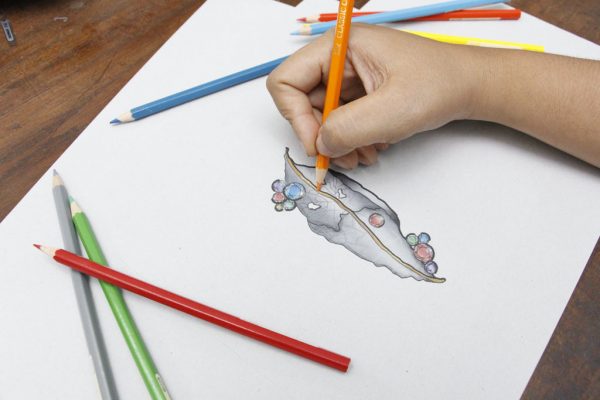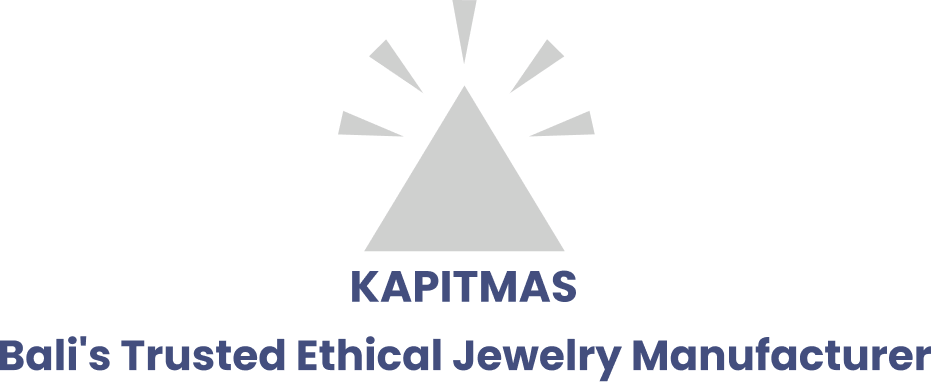Every product starts as a sample and getting this part right, is the start of getting everything right, getting it wrong and nightmares will surely follow. It’s really worth putting in that little extra effort to make the sample process successful, so let’s take a look the process and discuss some ideas to optimise results! Doing this well might take a little longer but will save many problems later, and just like the turtle and the hare, being slow and steady up front sets you up to win the race in the end.
There are generally two parties in the development process, the brand or designer who is the customer and who provides the design, and the developer who is the contractor or manufacturer and is responsible for turning that design into product. There is a huge amount of communications that needs to go on between these two parties and the accuracy and efficiency of this communication has a huge bearing on the final outcome. The fortunate thing is that both parties actually have the same goals here, and if both parties remain well focused to those goals, which are,
- Efficient, accurate and speedy realisation
- Producing a an item which can be manufactured and sold at an appropriate (and preferably pre-approved) price point
- Producing a sample which will have no hiccups during manufacturing
- Producing a design which satisfies all quality requirements
Then orders and sales potential will be quickly realized, for the benefit of both.

Let’s take a little look at these 4 points in some more detail,
It is point number 1 where most of the communication problems lie. Efficient accurate and speedy realisation can only happen when the customer gives complete and accurate design information to the manufacturer.
I was discussing this with a very good friend a few days back, a master jeweller who does some quite fantastic one-of-a-kind commissions, he said to me “I have a 3 email maximum rule” and when I asked him to elaborate he said “I give a customer 3 emails to get all the details to me I need to do the work, if they cannot get all the information I need in 3 emails then I refuse the commission”, Wow! But thinking about it he is right, the time spent on going back and forth getting partial information or non-specific information is a huge cost that no customer wants to pay, but that no manufacturer wants to bear.
From our experience we have some customers who send us very complex designs, but the draft is well detailed and specific – we can read it understand it and get to work, subconsciously I think these customers certainly receive preferential treatment from our staff, mainly because it is easy to understand and therefore do the work, while with others sometimes it can be lots of emails, lots of time spent trying to interpret obtuse instructions, and throw in a few mind changes from the customer along the way and this work ends up in the too hard basket , hangs around like a bad smell that no one wants to touch, and the project stays stuck in the sample room and on outstanding production reports!
One really important way you can help your producer do a good job is to submit your work, with a separate page for each design and make sure the design has a clear product code shown at the top of the page.
I have attached at the bottom of this letter 2 different briefs we received this year as examples, Please do take a look at these, and I think you will see quite clearly which one had the better result and the happy customer!
Earlier this year we created some design templates which we now send out to customers, especially new customers who have not worked with us, or don’t have much development experience, to fill in along with sending their sampling briefs, and the results have been great, it is really helping the customer to focus on what we need to get, all the info we require per item on one page which helps facilitate fast and accurate work at our end.
And the very good thing from this is we have cut back hugely the back and forth communications required, the goal is a 3 email max to or from customers, and it is working! Customers are seeing the benefits of faster and more accurate results too. If you are sending new designs to us now your account handler here will be sending you this form, please ensure to fill it in accurately to help us do a good job for you.


The 2nd point about price points is also hugely important, comments from customers who say, “I don’t mind what the price is as long as the quality is good” are really not helpful, and often lead to the following comment once the sample is completed….. “Ooww I absolutely love the piece but it’s too expensive, I need it cheaper…” and I guess you can understand how we feel when that happens! AArrgghh! Especially if we need to start from scratch again and remake it, wasted time, wasted money, and the biggest cost at the manufactures end – which customers might not really think of, is wasted sample making capacity. You see manufactures don’t make money from making samples, it’s a cost, and they want the samples they make to turn into production orders.
Many – us included have limited sample making capacity and by wasting that capacity on creating samples that don’t turn into orders is harmful to the manufacturer, and soon will make them tired of the customer who puts them though this, Be warned!
So, accurate price points are very very important. Sometimes I feel customers are reluctant to give price points as they feel the manufacture will give them a price that is close to the price point and it gives the manufacturer a chance to make a greater profit… Somewhere this is counter intuitive and it is incorrect. A good manufacturer will see the customer as a sales and marketing partner and should be committed to seeing their customers succeed. If we can give a lower price to a customer than their set price point we most certainly will, we have our costing formulas and we follow them. If as a buyer you are concerned about this you could always give your price points as a range say between $ X.00 and $ Y.00 you might even like to indicate order quantities at the different price points as an incentive to help your producer get to your optimal prices.
We KNOW from collecting and analysing sales data that when we get good price point information in advance we get stronger orders in production, the co-relation is strong and by doing this I think it helps to evolve a very healthy trust from both sides, and in a business relationship that trust is a huge asset!
If you don’t feel comfortable giving price points then you need to look carefully at the reasons why.
The 3rd point here is really something the manufacturer needs to concentrate on well and has very little input from the client. Many times a customer can receive a wonderful sample, only to order it and then receive a production run that looks vastly different from the sample and of an inferior quality. This is a case where the manufacturer fails, they have either made a sample that was simply not producible by them in quantity, or they have completely failed in their internal communications methods to get the correct information from their development program to their production dept. in order to produce correctly. In either case this is a big failure and cost to the client. From the clients side it is really important to get an idea of your producers capabilities and do not try to push them too far beyond that.
Many, especially smaller producers will tell you they can make something whereas in reality they cannot, they suffer from the inability to refuse, or say no to a job, save yourself and them some heartache by getting a good understanding of your producers capabilities and stay within their limitations. I really recommend doing factory visits, it will really help you to get an understanding of what your suppliers can do and you can develop with them accordingly. Remember, and be sensitive to cultural differences here, when working in Asia, it is difficult for your supplier to say no. You need to understand when no should have been said….


And the 4th and final point is quality. Quality comes in many guises, does it look good? Are there any visible flaws in the workmanship, these are basic points that should be picked up a strong QC department, but there are many aspects of quality that are inherent in the actual design and you need to get these correct from the very start – mostly these aspects are to do with the strength or functionality of an item, i.e. will a hinge have an adequate range of movement, will a clasp design be robust enough to stand a reasonable amount of wear and tear, will a chain survive a weighted pull test appropriate to its length these are the kinds of quality issues that are really a part of the design and you need to work closely with your supplier to ensure you have these aspects of the design clear and correct before starting.
Putting a little extra focus in these areas will help you with making successful new collections, and also help you to maintain good relationships with you manufacturing partner, just as you want them to understand your issues, it is important for you to understand theirs as well, this will help lay the foundations of strong customer/supplier relationships.

Many Good Wishes,
Ben Morice